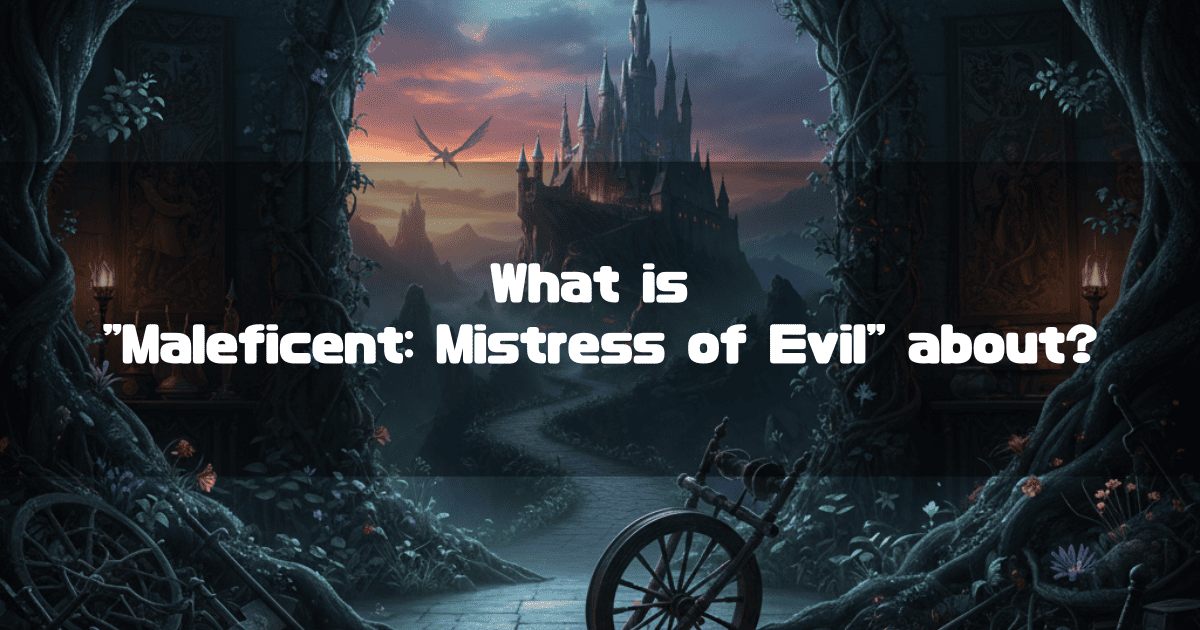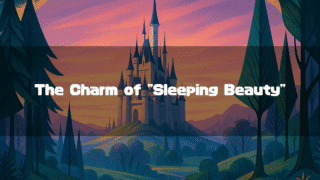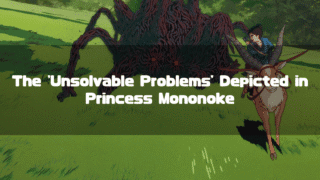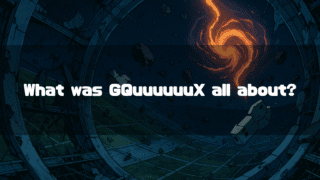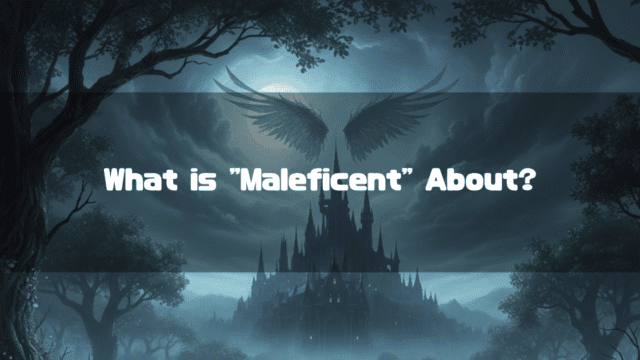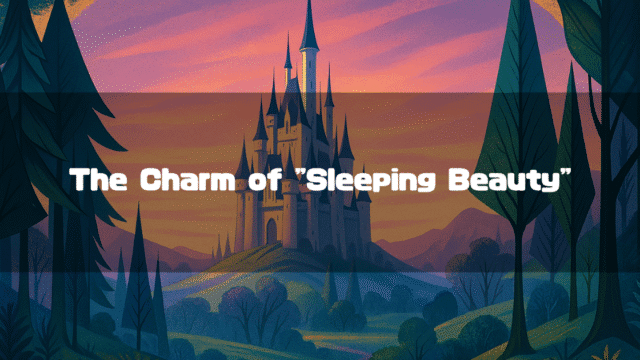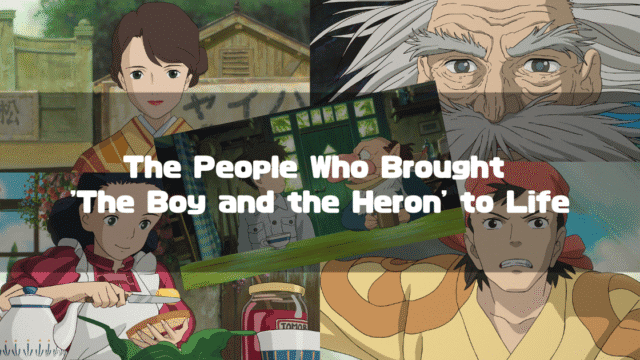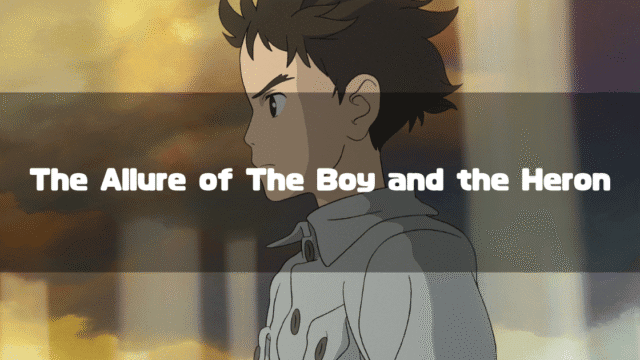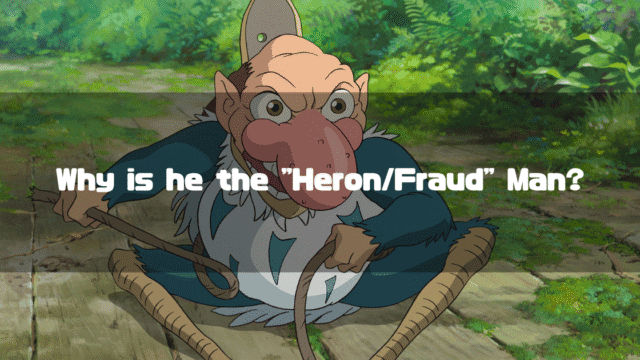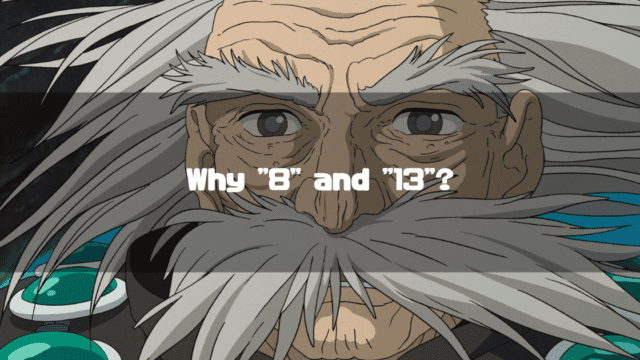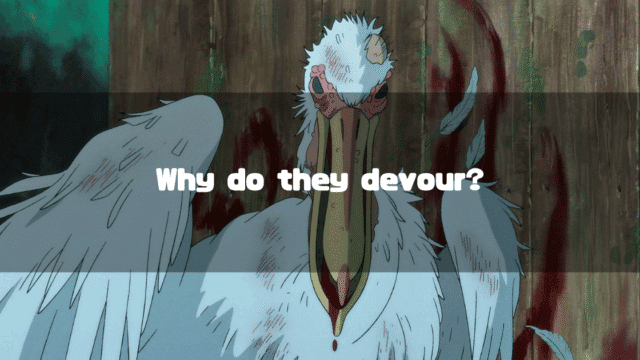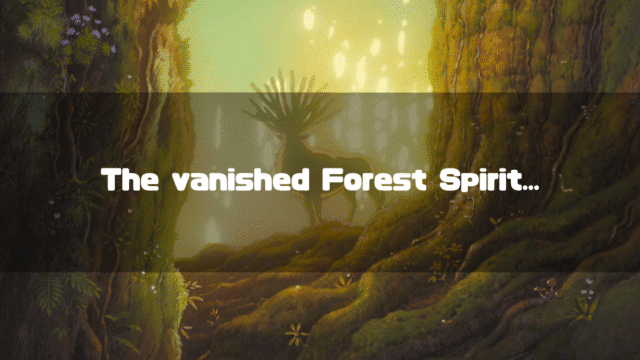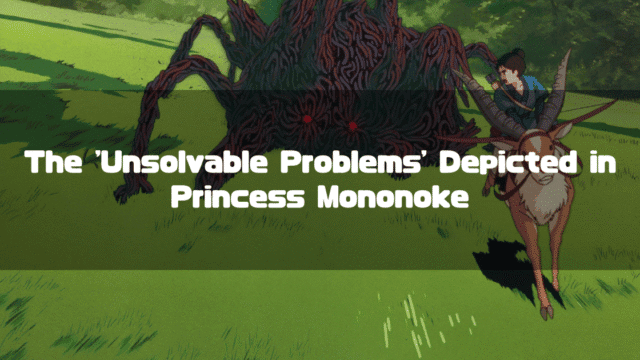The film “Maleficent: Mistress of Evil” is a theatrical work directed by Joachim Rønning, released on October 18, 2019. It was produced by Walt Disney Pictures.
The previous film, “Maleficent” (2014), was a significant reimagining of the story from Disney’s 1959 animated feature, “Sleeping Beauty.”
While opinions on the film vary, I personally see it as a work that “skillfully supplemented and corrected the plot points in ‘Sleeping Beauty’ that were ripe for criticism,” and I found that interesting in its own right.
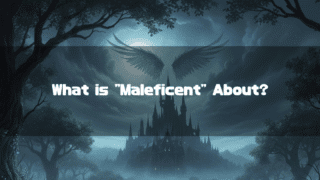
However, this sequel, “Maleficent: Mistress of Evil,” completely lacks the narrative consistency that the first film possessed, and is packed with moments that make you want to shout, “Wait, why?”
Of course, since “a movie is a movie,” no film is entirely without its questionable moments. But it’s undeniably a point of frustration that the narrative coherence, which the previous film went as far as to alter the ending to achieve, is absent in this installment.
To put it in a more positive light, one could call it a “return to the ‘fairy tale’,” but in reality, it’s so full of convenient plot devices that it could be described as an “abuse of being a ‘fairy tale’.”
So, despite my complaints, since I’ve watched it, I’d like to take a closer look at these points of criticism while recapping the plot.
What kind of story was “Maleficent: Mistress of Evil”?
*This article is an English translation of the original Japanese article, “【マレフィセント2】ネタバレあらすじと考察-溢れ出るツッコミどころと「おとぎ話構造」の濫用-“.
Let an AI walk you through the highlights of this post in a simple, conversational style.
- The Conveniently Used “Cursed Spinning Wheel”
There is no explanation for the fundamental questions of why Queen Ingrith possessed the cursed spinning wheel and how she was able to use the curse, originally intended for Aurora, on King John. The “fairy tale convenience” that the first film corrected is casually employed in this sequel. - The Villain’s Unresolved Motives
The truth behind the “death (disappearance) of her brother,” which cemented Queen Ingrith’s hatred for the fairies, is never revealed by the end of the story. The most crucial motivation behind the villain’s actions is left unexplained, hindering immersion in the narrative. - An Incredibly Oblivious King and Prince, and the Unnatural Royal Conspiracy
The premise that King John and his son Prince Philip are completely unaware of the Queen secretly carrying out a massive military buildup and developing weapons to exterminate the fairies is extremely unnatural. A conspiracy that could shake the very foundations of the kingdom proceeds far too easily. - The Tragedy of Flittle, a Fairy Sacrificed for Emotional Impact
Flittle, one of the three fairies relegated to a clumsy role in the first film, makes a heroic self-sacrifice in this installment. However, her death feels used solely to evoke emotion from the audience, a tragic and unsatisfying treatment far from her heroic role in the original story.
- Synopsis of “Maleficent: Mistress of Evil” (Spoilers Ahead)
- Key Points, Character Chart, and Analysis
- Aurora’s Engagement and a Creeping Shadow
- The Unwelcome Dinner and the Queen’s Scheme
- Maleficent, Her Wings Lost, and the Dark Fae
- A Schemed Wedding and the Red Powder of Destruction
- The Truth Revealed and the Battle Begins
- A Miracle of Love and the Reconciliation of Two Kingdoms
- Analysis of “Maleficent: Mistress of Evil” – The New Wave of Plot Holes
Synopsis of “Maleficent: Mistress of Evil” (Spoilers Ahead)
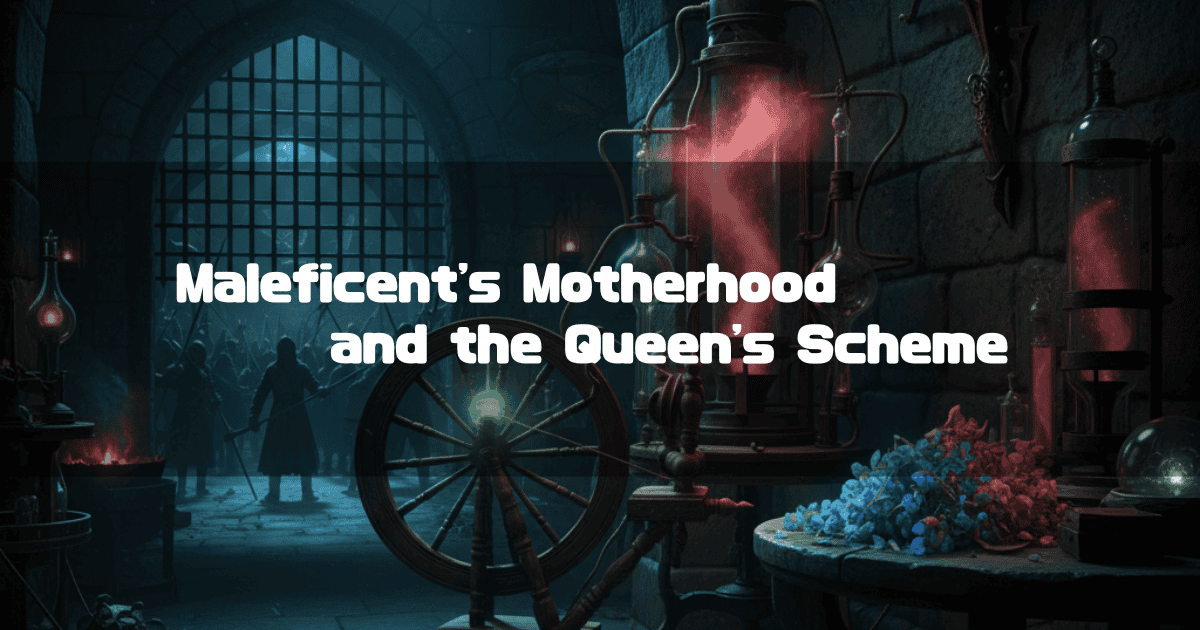
Key Points, Character Chart, and Analysis
-
Aurora’s Engagement and the Queen’s Trap
Princess Aurora and Prince Philip get engaged. However, the prince’s mother, Queen Ingrith, despises fairies. At a dinner party, she frames Maleficent to sever her bond with Aurora. Driven from the castle, Maleficent is shot down by an unknown assailant. -
Meeting Her Own Kind and the Queen’s Conspiracy
The injured Maleficent is rescued by the “Dark Fae,” her own kind who have been driven away by humans. Meanwhile, the Queen perfects a “red powder” that can destroy fairies and plots to use Aurora’s wedding to wipe them out. -
All-Out War and the Truth Revealed
Aurora discovers that everything was the Queen’s conspiracy. At the same time, the attack on the fairies gathered for the wedding begins, sparking an all-out war between humans and fairies. Maleficent heads to the castle with the Dark Fae. -
A Miracle of Love and Peace Between Two Kingdoms
Maleficent is killed, but she is resurrected as the legendary Phoenix by Aurora’s tears. The Queen is defeated, and humans and fairies reconcile. Aurora and the Prince are married, celebrated by all species.
Character Map
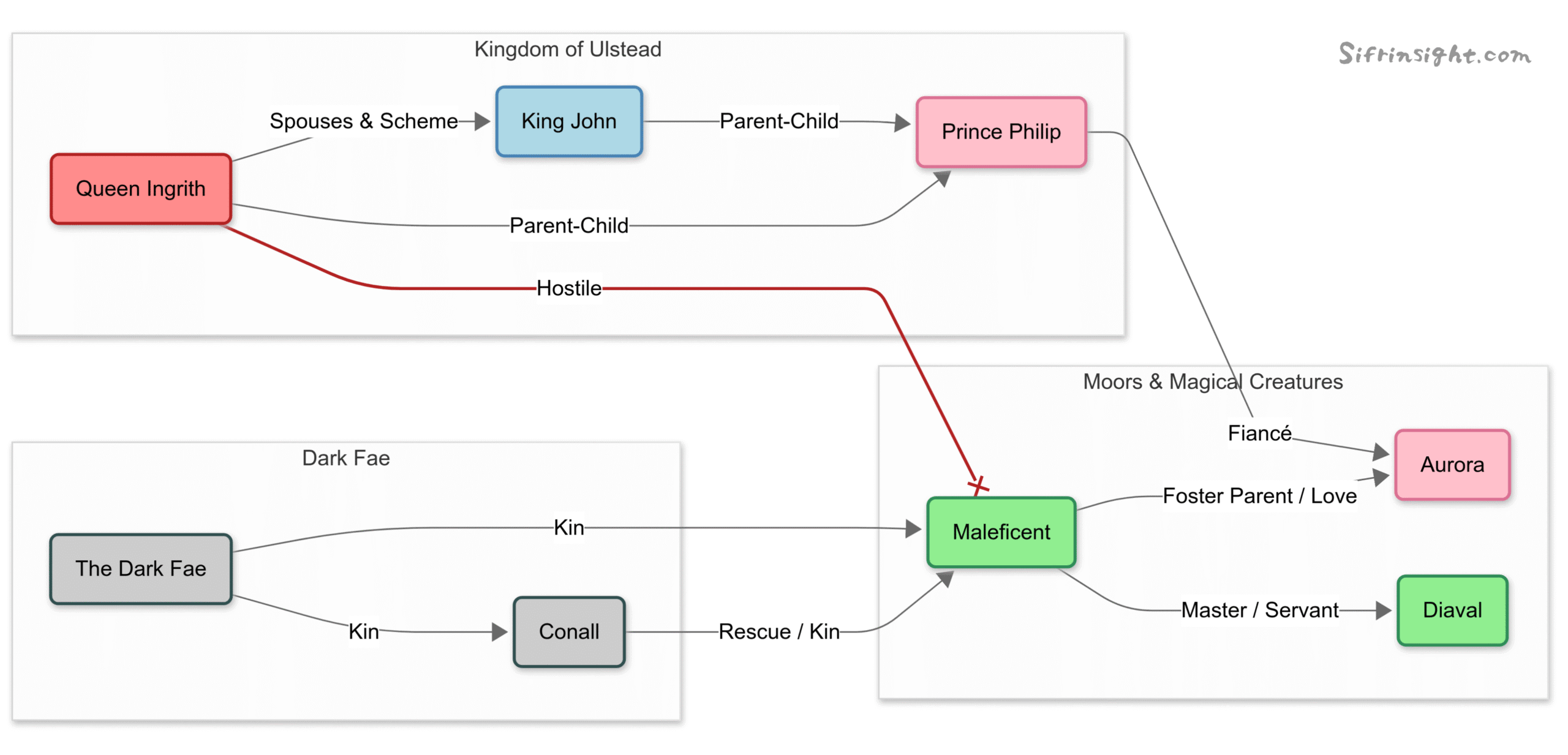
Story Analysis
The first film, “Maleficent,” was a bold reimagining of the story from the 1959 animated classic “Sleeping Beauty.”
While it’s clear that the intention behind the changes included what we might today call “political correctness,” it also had the aspect of brilliantly supplementing and correcting certain “plot holes” and “conveniences” in the “Sleeping Beauty” story (which is what I liked about it). I have detailed this in the following article:

Unfortunately, however, this time around “Maleficent: Mistress of Evil” lacks any such clear production intent or moments that make you think, “That was clever!” The most important points seem to be the following:
- “Maleficent” takes the stance of being Aurora’s “true story.”
- Therefore, a reason is needed for why the story was distorted.
- Queen Ingrith was created as the entity responsible for this.
However, it doesn’t feel like a story that needed to be told with such effort. Moreover, the positive aspects of “Maleficent,” such as its “supplementation and correction,” have completely vanished, resulting in a story once again riddled with plot holes.
While one could cover everything up with the expression “a return to the fairy tale,” it leaves a rather strange feeling (in that case, isn’t “Maleficent” itself unnecessary?). In the latter half of this article, I will delve a bit deeper into this.
First, let’s take a more detailed look back at the plot of “Maleficent: Mistress of Evil.”
Aurora’s Engagement and a Creeping Shadow
One day, an unparalleled joy came to Princess Aurora, the kind-hearted queen of the Moors. Prince Philip of the neighboring kingdom of Ulstead knelt before her and proposed marriage. Aurora, of course, gladly accepted his proposal.
Upon hearing the news from Prince Philip, his father, King John, was overjoyed, declaring that “the two kingdoms will become one.” However, his mother, Queen Ingrith, while outwardly congratulatory, seemed to hide a different sentiment deep within her eyes.
Aurora shared the happy news with her godmother, Maleficent. However, Maleficent could not hide her great displeasure at her beloved Aurora marrying a “human.” Still, unable to refuse her dear daughter’s wish, she reluctantly accepted King John’s invitation to a dinner party.
The Unwelcome Dinner and the Queen’s Scheme
However, at the celebratory dinner party, an incident occurred. Queen Ingrith brought up the terrible curse Maleficent had once placed on the infant Aurora, quietly but sharply cornering her. She then declared, “From this day forward, Aurora is my true daughter.” These defiant words ignited the anger of Maleficent, who loved Aurora from the bottom of her heart, causing her magical powers to finally erupt.
Just as a strange green light emanated from Maleficent, King John suddenly collapsed in agony. The Queen immediately cried out, “It’s Maleficent’s curse!” Maleficent desperately denied it, but the pure-hearted Aurora believed the Queen’s words and pleaded with her godmother, “Please, wake His Majesty.”
Suspected even by her beloved daughter and heartbroken with grief, Maleficent spread her great wings and flew away from the castle. But from behind her, the Queen’s subordinate fired an iron bullet, and with her wings pierced, Maleficent fell into a dark waterfall basin. All of this was a terrible conspiracy orchestrated by Queen Ingrith, who hated fairies.
Maleficent, Her Wings Lost, and the Dark Fae
Having fallen into the waterfall, Maleficent was rescued by mysterious winged beings who looked much like herself. They were the “Dark Fae.” They once lived all over the world, but were driven out by human expansion and now lived quietly on an isolated island, the ancestral home of their kind.
Among the Dark Fae, some wished for war with the humans, but Conall, who had rescued Maleficent, saw in her—the one who had raised the human Aurora—the potential for a future where humans and fairies could coexist. However, having been betrayed by humans twice, Maleficent had firmly closed her heart.
Meanwhile, the unsuspecting Aurora, along with Maleficent’s servant Diaval, desperately searched for her godmother to have the curse lifted, but her whereabouts remained unknown.
A Schemed Wedding and the Red Powder of Destruction
As Aurora grieved, Queen Ingrith feigned deep sympathy and skillfully tried to win her over. The Queen then announced to the Moors and neighboring kingdoms that the wedding of Prince Philip and Aurora would take place in three days. It was a trap to lure the fairies of the Moors to the castle.
Around that time, after years of research, the Queen had perfected a terrifying red powder that could turn fairies to dust. To create this powder, the tomb bloom flowers that grew in the Moors were essential. Learning that the Queen’s army was heading to the Moors, Maleficent flew off without hesitation to protect her beloved homeland.
However, what Maleficent saw in the Moors was the tragic sight of the tomb bloom flowers, all mercilessly uprooted. Just then, hidden soldiers attacked Maleficent, but her life was saved by the sacrifice of Conall, who had rushed to her aid. This event prompted the Dark Fae to declare all-out war against the humans.
The Truth Revealed and the Battle Begins
On the day of the wedding, Aurora discovered the Queen’s “secret room” within the castle. Inside, she found the red powder that could annihilate fairies and the very same cursed spinning wheel that had once put her to sleep. Aurora finally realized that it was Queen Ingrith who had cursed King John using the spindle.
The Queen then appeared and began to speak of her tragic past: how her brother, sent to the Moors by their father who had hoped for peace with the fairies, was killed by them (or so she believed), and her jealousy and hatred for the prosperous Moors. After locking the truth-bearing Aurora in the room, the Queen began her attack with the red powder on the fairies of the Moors who had gathered for the wedding.
A Miracle of Love and the Reconciliation of Two Kingdoms
A fierce battle between humans and fairies raged in the castle. The Dark Fae struggled against the Queen’s meticulous preparations, but the tide of the battle turned when Maleficent appeared. Finally, Maleficent cornered Queen Ingrith.
Just then, Aurora, having escaped the room, rushed in and tried to stop Maleficent, crying, “Stop!” As Maleficent hesitated for a moment at Aurora’s words, the Queen seized the opportunity and fired an arrow. The arrow pierced Maleficent’s chest, and her body crumbled into black ash.
But the story did not end there. The moment Aurora’s tears of sorrow fell upon Maleficent’s ashes, the ashes swirled up like a tornado, and miraculously, Maleficent was resurrected as the legendary Phoenix.
The cornered Queen Ingrith was turned into a goat by Maleficent’s magic. The battle was over, and when Maleficent destroyed the spindle, King John’s curse was also broken.
And so, the wedding of Princess Aurora and Prince Philip was held once more. Their marriage, transcending the boundaries between human and fairy, was enveloped in the great blessings of all.
Analysis of “Maleficent: Mistress of Evil” – The New Wave of Plot Holes
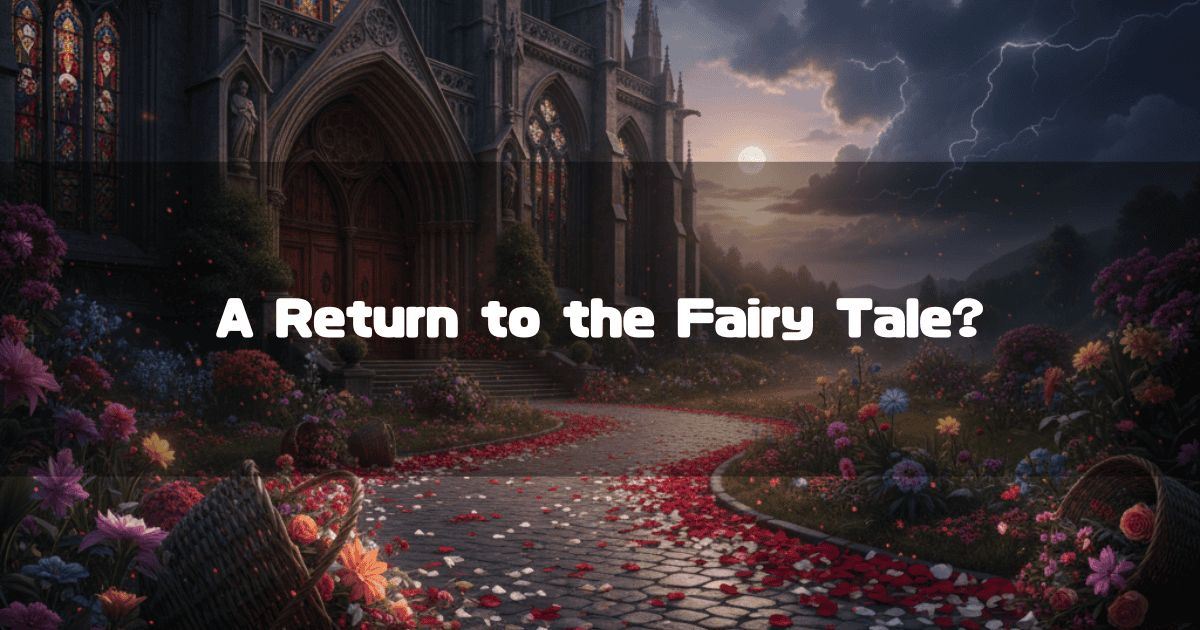
The Spinning Wheel Spindle Problem
The villain of this film, Queen Ingrith, put King John into a sleeping curse by using the spindle from the spinning wheel that had cursed Aurora. Naturally, everyone must have had the following questions:
- Why did Queen Ingrith have the spinning wheel?
- Maleficent’s curse was specifically for Princess Aurora, so isn’t it strange that King John falls under the curse just by being pricked with the same spindle?
There is absolutely no explanation for these two questions. In particular, being able to curse King John simply by pricking him with the spindle feels far too convenient.
If this were the first movie and not the second, one might just think, “Oh, so that’s the kind of movie it is.” But because these are details that “Maleficent” would likely have explained properly, the sense of disappointment is magnified.
It really seems like they are now misusing the “fairy tale aspect” that the previous film so brilliantly “negated.”
The Unresolved Plot Point: The Vanished Brother
Queen Ingrith seemed to have held a grudge against the fairies of the Moors since her childhood, but what cemented this hatred was the death (?) of her brother (more accurately, he “never returned” after being sent as an envoy to the Moors).
The belief that his death was caused by the fairies of the Moors was crucial. This event triggered a chain reaction: her father was overthrown by the people, and she was forced into an unwanted marriage with King John. This sequence of events seems to have solidified the hatred and anger within her.
And yet, there is no explanation whatsoever for the “brother’s death,” the event that serves as the fundamental source of Queen Ingrith’s hatred, which underpins the entire plot of “Maleficent: Mistress of Evil.” Of course, the fairies of the Moors probably didn’t kill him, but then what happened? Is he really dead? Did he just go somewhere else? If so, why?
It leaves a very unsatisfying feeling.
The Incredibly Oblivious King John Who Doesn’t Notice Queen Ingrith’s Schemes
Another issue surrounding Queen Ingrith is that King John is just too oblivious.
The Queen was developing a fairy-killing powder in her secret room, and in the dungeons, she was steadily preparing for war against the fairies.
King John was trying to pursue a policy of reconciliation with the fairies of the Moors and, at the very least, did not seem to be considering war.
In that case, it means that the massive military buildup was proceeding completely without King John’s knowledge. Is such a thing even possible?
Perhaps it could be hidden for a short time, but if just one person let it slip, it would all come out. And even if King John were extremely foolish, there’s a sensible person in Prince Philip.
It’s hard to shake the feeling of dissonance that such a grand plan, utilizing a crucial national resource like the “army,” could proceed so flawlessly without the knowledge of King John and Prince Philip.
So, how did Queen Ingrith manage to achieve such a conspiracy? Including the matter of her brother, it feels sorely lacking in explanation.
The Tragedy of Flittle
In the first film, “Maleficent,” the three fairies who raised Princess Aurora were nothing but fools.
However, in “Sleeping Beauty,” the three fairies play an extremely essential and heroic role, and the difference in their portrayal was jarring. The fact that the three fairies have different names in “Sleeping Beauty” and “Maleficent” might have been a sign of this fundamental change in their depiction.
And now, in “Maleficent: Mistress of Evil.” The three fairies’ presence remained minimal, but near the end of the story, the blue fairy, Flittle, sacrificed herself to prevent the red powder from being dispersed. It was a heroic act, reminiscent of the fairies in “Sleeping Beauty,” but… honestly, it’s just sad.
Although there’s a hint that she is reincarnated as a flower, why couldn’t she be allowed to succeed in a clear-cut way like in “Sleeping Beauty”? Couldn’t the three of them have worked together to overcome the situation? After all, they ultimately defeat Queen Ingrith’s subordinate by poking him, so it wouldn’t have been impossible.
It seemed for a moment that she had been restored as a hero, but in the end, it feels like she was “just used to show a life-or-death struggle to make the audience emotional.”
Compared to the first “Maleficent,” this film feels rather crude. Of course, this is just my personal opinion.
The above are my personal thoughts on the movie “Maleficent: Mistress of Evil.” I decided to write a blog post because “I watched it, so I might as well share my thought,” but it seems only complaints came out.
I am probably missing some important aspect, but personally, I did not find it to be a very interesting movie.
I didn’t think the first “Maleficent” was that great either, but comparing it to the sequel reveals how well-crafted it was. What was the production intent behind “Maleficent: Mistress of Evil”? It was a truly perplexing film.
About the Author
Recent Posts
- 2025-09-21
Maleficent: Mistress of Evil Spoiler Review – An Analysis of its Abundant Plot Holes and the Abuse of the “Fairy Tale Structure” - 2025-09-16
Maleficent: Full Synopsis and Analysis – A Tale That Complements and Corrects the “Questionable Points” of Sleeping Beauty - 2025-09-15
An Analysis of Disney’s “Sleeping Beauty”: Plot Spoilers, Its Enduring Charm, Lovable Nitpicks, and Differences from the Original Tale - 2025-09-06
The Boy and the Heron: Characters, Voice Actors & Analysis - 2025-09-06
The Boy and the Heron: Full Synopsis & Analysis (Spoilers Explained)

